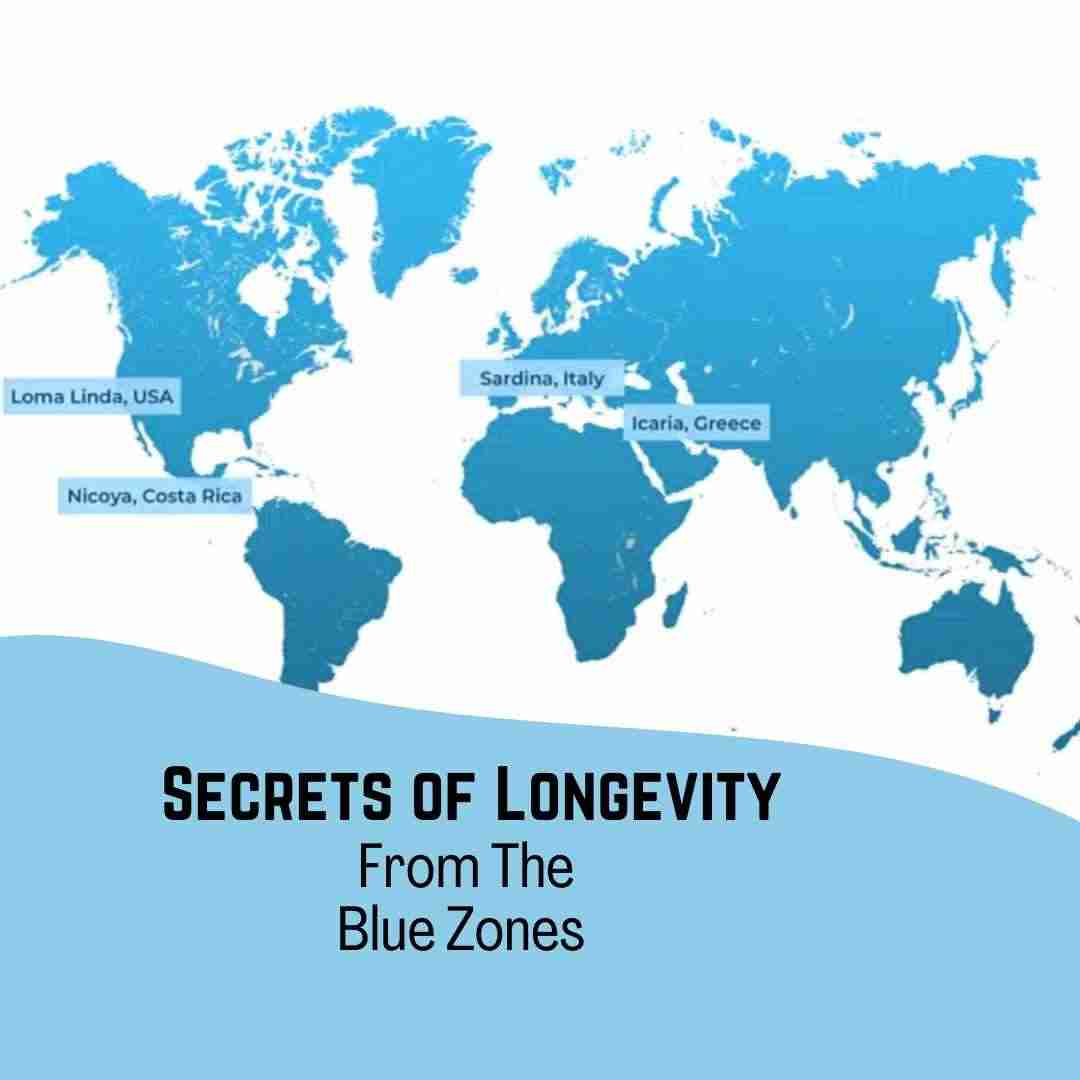Live longer by eating a longevity diet from the blue zones
Have you ever wondered what the secret is to living a long and healthy life? Let’s face it, who doesn’t. I am not interested in living a long life if I am not living a active healthy one. The secrets to living a happy long life if we are willing to change our lifestyle habits.
Well, look no further than the Blue Zones, regions around the world known for their populations with the highest life expectancies. The lifestyle habits for people in the blue zones are a good indication as to what is possible to all of us.
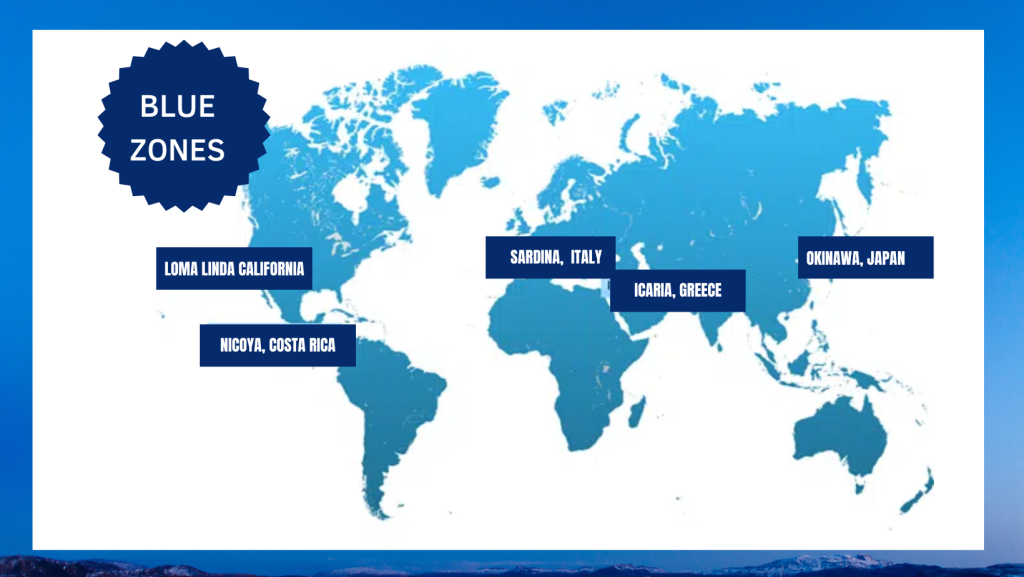
What is a Blue Zone?
Blue Zones are regions of the world where people routinely reach the age of 100. In contrast, the average life expectancy in the U.S. is currently 77 years, according to the CDC. Dan Buettner, National Geographic Fellow and founder of Blue Zones went “Person to Person” with Norah O’Donnell on CBS Evening News to discuss the diets of the longest-lived people in the world.

The Blue Zones are five regions around the world where people maintain extraordinarily long and healthy lives.
The original five blue zones, as identified by Dan Buettner and his team, are:
- Ikaria, Greece: This island is eight miles off the coast of Turkey in the Aegean Sea has some of the world’s lowest rates of middle-age mortality and dementia.
- Okinawa, Japan: This is home to the world’s longest-lived women. Sardinia is the world’s highest concentration of centenarian men.
- Nicoya Peninsula, Costa Rica: In this region of Central America, residents have the world’s lowest rate of middle-age mortality and the second highest concentration of male centenarians.
- Loma Linda California: Here, is the highest concentration of Seventh-day Adventists in the United States live. Some residents live 10 more healthy years than the average American.
Unlock the Secrets of Longevity:Eating Like the Blue Zone Residents
Can You Live Longer? Blue Zones Hold the Answer in Their Diets
The term “blue zones” has been expanded to include other areas and communities worldwide that exhibit similar characteristics of longevity and healthy living.
One key aspect of their lifestyle lies in their diet. By adopting their eating habits, you too will nourish your body and potentially add years to your life.
So, how do you eat like the people from the Blue Zones? In this blog post, you’ll learn how to eat to reduce the risk of chronic diseases so you will live a long life.
The Blue Zone Diet: Nourishing for Longevity
The Following Diet Suggestions are based on the blue zone diet:
Blue Zone residents prioritize a plant-based diet, filling their plates with plenty of fruits, vegetables, legumes, and whole grains. Incorporate a rainbow of colorful produce to benefit from a wide range of essential nutrients.
Plant-based diets prioritize plant foods as the foundation of meals. This includes fruits, vegetables, whole grains, legumes (such as beans, lentils, and chickpeas), nuts, and seeds. Plant-based diets prioritize plant foods as the foundation of meals.
In Dan Buettner’s new book, In Blue Zones American Kitchen, he uncovers the traditional roots of plant-forward cuisine in the United States.

Plant Based Diet
Sample Plant-Based Blue Zone Meal Ideas:
Breakfast:
- Overnight oats topped with fresh berries and a drizzle of almond butter.
- Whole grain toast with avocado, sliced tomatoes, and a sprinkle of nutritional yeast.
- Smoothie made with spinach, banana, almond milk, and a scoop of plant-based protein powder.
Lunch:
- Quinoa salad with mixed vegetables (e.g., cucumbers, bell peppers, cherry tomatoes) and chickpeas, dressed with lemon-tahini dressing. Yummy!
- Lentil soup with a side of mixed green salad and a slice of whole grain bread.
- Veggie wrap filled with hummus, roasted vegetables, and greens.
Dinner:
- Stir-fried tofu with mixed vegetables (broccoli, bell peppers, carrots) served over brown rice.
- Spaghetti made with whole wheat or lentil pasta topped with marinara sauce and sautéed mushrooms, onions, and zucchini.
- Baked sweet potato stuffed with black beans, salsa, and guacamole, served with a side of steamed vegetables.
Snacks:
- Apple slices with almond butter.
- Raw veggie sticks (carrots, celery) with hummus.
- Handful of mixed nuts and seeds.
These examples provide a starting point for incorporating plant-based foods into your diet. Customize meals based on your preferences and dietary needs. Experiment with different flavors, cooking methods, and ingredient combinations to make your plant-based meals enjoyable.
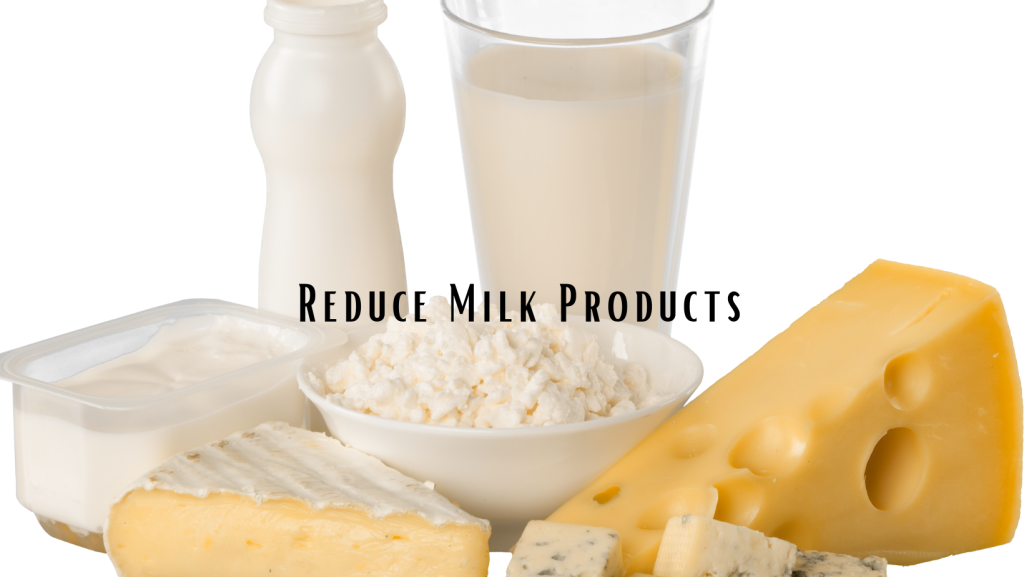
2. Reduce Milk Products
Interestingly, cow’s milk does not hold any importance in the traditional diets of Blue Zones. One exception is the Adventists, who include eggs and dairy in their meals.
Dairy products are a recent addition to the human diet, introduced around 8,000 to 10,000 years ago. Our digestive systems struggle to digest milk products (except human milk). Up to 60% of people have trouble digesting lactose.
Arguments against milk often revolve around its high content of fat and sugar. Neal Barnard, the founder and president of the Physicians Committee for Responsible Medicine, highlights that 49% of the calories in whole milk and approximately 70% of the calories in cheese are derived from fat, a significant portion of which is saturated fat. Additionally, all types of milk contain lactose sugar.
The Blue Zones approach recommends getting calcium and protein from plant-based sources rather than relying on milk, which has been a traditional source of these nutrients for many Americans.
For instance, a cup of cooked kale or two-thirds of a cup of tofu provide the same amount of bioavailable calcium as a cup of milk.
Suggested Diet Change
Try unsweetened soy, coconut, or almond milk as a dairy alternative. Most have as much protein as regular milk and often taste as good or better.
Satisfy your occasional cheese cravings with cheese made from grass-fed goats or sheep. Try Sardinian pecorino sardo or Greek feta. Both are rich, so you need only a handful to flavor food.

3. Mindful Portion Control
Moderate Calorie Intake: Blue zone populations practice calorie moderation. Taking small and slow bites of food, enjoying every bite and sip is what mindful eating is all about. Stop eating until you are 80% full.
This approach helps maintain a healthy body weight and reduce the risk of obesity-related conditions.

4. Eat Lean Protein
While meat isn’t entirely off the table, it takes a backseat in the Blue Zone diet. Focus on lean protein sources such as beans, lentils, and fish. These provide vital nutrients while reducing the consumption of saturated fats.
We all know that protein is important for building strong bones and muscles, but how much do we really need? CDC recommends 46-56 grams of protein per day for American women, 100 grams for American men.
But it’s not about quantity; the quality of protein matters too. Protein, composed of 21 different amino acids, includes nine essential amino acids that our bodies cannot produce and must be ingested from this diet.
While meat and eggs provide all nine essential amino acids, few plant-based sources do. However, relying solely on animal products can introduce undesirable elements like fat and cholesterol, associated with increased risks of heart disease and cancer.
So, if you desire to follow a Blue Zone-inspired, plant-based diet, how can you achieve it? The solution lies in strategic food pairing.
By understanding the art of food pairing, you can embrace a plant-based approach that mirrors the principles of the Blue Zones. Doing so, you can meet the protein requirements while maintaining a balanced calorie intake.
By incorporating the right combinations of plant-based foods, you can ensure you’re getting all the essential amino acids necessary for optimal health, while also keeping your calorie intake in check.
Eat Less Red Meat and No Processed Meats
Research published in February 2022 in the journal BMC Medicine found that those who ate a low-meat or meat-free diet (in this study, that was defined as meat five times or less per week) had a lower overall cancer risk than those who consumed more.
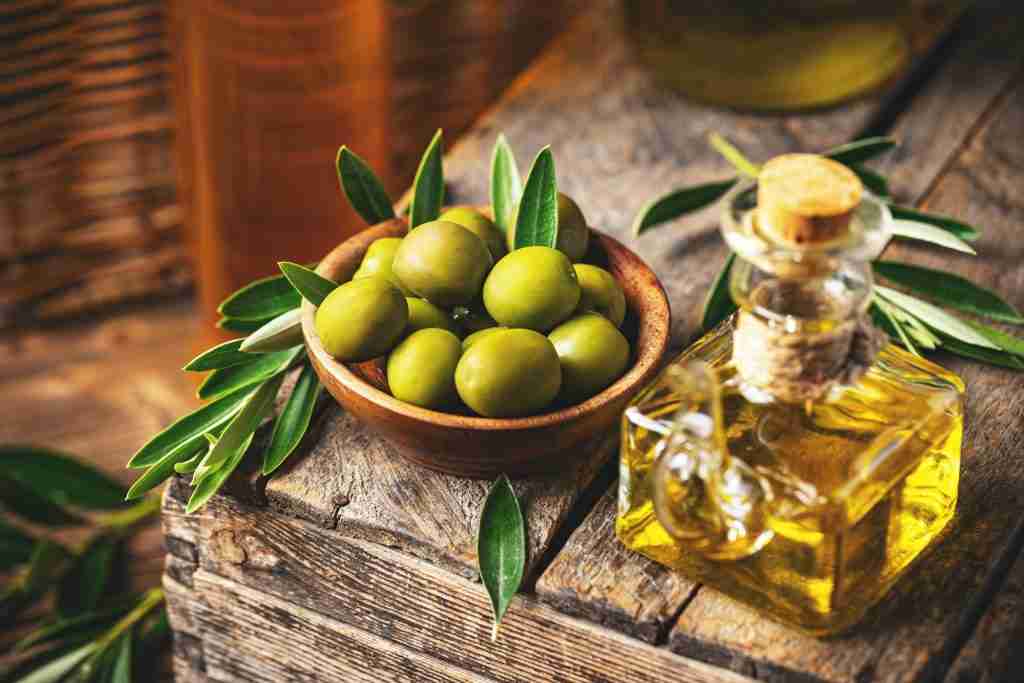
5. Healthy Fats
Embrace heart-healthy fats found in foods like avocados, nuts, and olive oil. These sources of unsaturated fats are known to support overall well-being. Use olive oil like butter.
Sauté vegetables over low heat in olive oil. You can also finish steamed or boiled vegetables by drizzling over them a little extra-virgin olive oil, which you should keep on your table.

6. Social Dining
Blue Zone residents often gather with friends and family to share meals. Cultivate a sense of community by enjoying meals with loved ones, which can enhance your overall dining experience and foster emotional well-being. In the blue zones, the healthy communities spend time with family and friends as a way of life.
Social interactions during meals can foster a sense of belonging, connectedness, and emotional well-being. Sharing meals with others provides an opportunity for conversation, laughter, and support.
This type of interaction reduce stress levels and enhance overall mental health. Positive emotions and reduced stress have been associated with improved health outcomes and longevity.
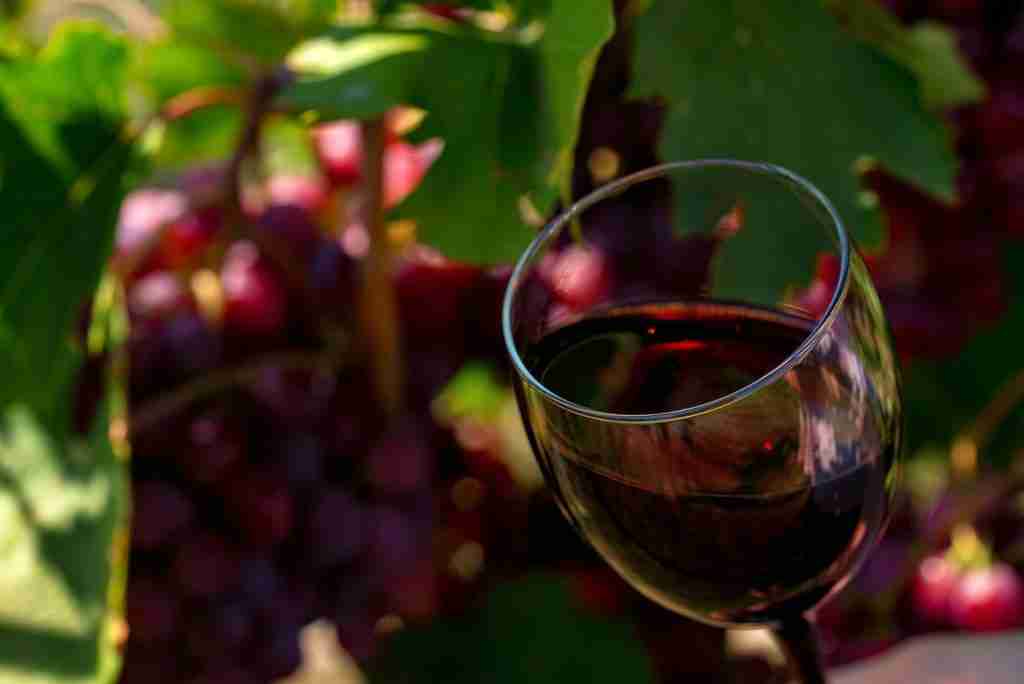
7. Happy Hour And Red Wine
We recognize from blue zones centenarians that this is true: People in four original blue zones areas consume alcohol moderately and frequently. This is great news.
Red wine is the alcohol of choice in most blue zone regions. It makes sense as many families drink wine with dinner. Red wine contains resveratrol. Resveratrol is a potent antioxidant that helps protect cells from oxidative stress and damage caused by free radicals. Oxidative stress is believed to play a role in aging and the development of age-related diseases.
“One of the most consistent findings on lifestyle and longevity is the French Paradox, not limited to Blue Zones but wherever wine with meals is culturally embedded. This is often attributed to other aspects of that lifestyle or to antioxidants in wine such as resveratrol, but there is a lot more going on; neither of those explains the connection completely. It continues to be a fascinating area of research and much of what we know about the science of anti-aging originated with studies on red wine and longevity.”
Dr. Baxter’s Longevity Institute Seattle Washington
The trick is to drink one to two glasses per day with friends and/or with food. And no, you can’t save up all week and have 14 drinks on Saturday.

8. Mindful Eating
Slow down and savor each bite. Engage all your senses and appreciate the flavors and textures of your food. This practice not only helps with digestion but also promotes healthy eating habits.
Eating mindfully involves being fully present and aware of your eating experience. It can help you develop a healthier relationship with food, enhance digestion, and promote overall well-being.
Here are some tips to eat in a mindful way:
How To Eat In A Mindful Way

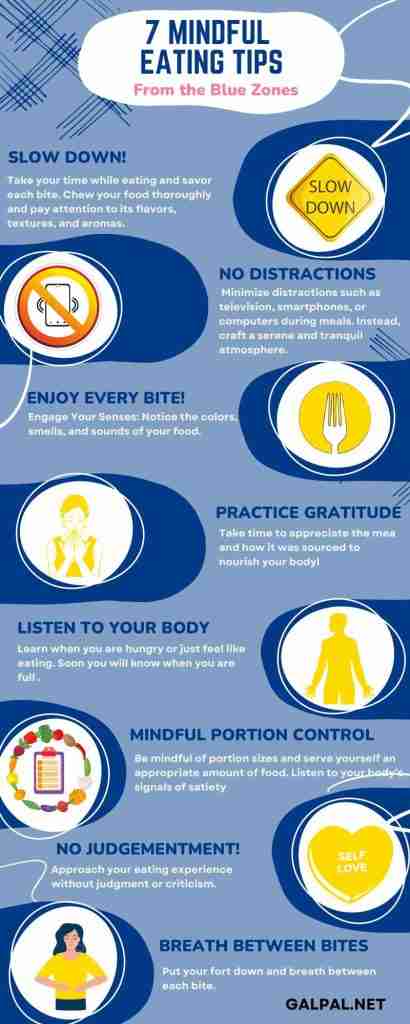
9. Limit Processed Foods
Minimize your intake of processed and packaged foods that are often loaded with added sugars, unhealthy fats, and artificial ingredients. Opt for whole, unprocessed foods whenever possible.

10. Proper Daily Hydration
A new study by the National Institutes of Health (NIH) published by eBioMedicine identifies the key role hydration plays in the aging process. This new research serves as great proof of the importance of drinking enough water to stay properly hydrated. Drink a min of 8 glasses of water a day
Remember, adopting the eating habits of the Blue Zone residents is just one piece of the puzzle. Regular physical activity, stress management, and a strong sense of community are also crucial factors in promoting longevity.
By incorporating these practices into your lifestyle, you’ll be well on your way to enjoying a healthier, happier, and potentially longer life.

What Research Teaches Us: Longevity and the Power of Diet
Over two decades ago, Dan Buettner, a National Geographic fellow, developed a deep fascination for understanding the factors that contribute to thriving communities.
This curiosity eventually led him to establish Blue Zones, a registered trademark owned by Blue Zones LLC. Through this company, Buettner and his team utilize research on longevity to implement social and environmental changes within American cities.
Their aim is to improve the well-being and longevity of communities by implementing strategies informed by their studies on the world’s longest-lived populations.
Boost Life Expectancy by 3-13 years
Researchers have conducted in-depth studies of the dietary habits of people living in the blue zones and correlated their lifestyles with longevity and lower rates of chronic diseases. Although the blue zones have different diets, certain similarities can be adopted to imitate their eating habits..
Researcher, Valter Longo, PhD, a professor of gerontology and biological sciences at the University of Southern California in Los Angeles and the director of the USC Longevity Institute, has studied how a longevity diet adds years to your life.
“Research suggests one can boost life expectancy by 3 to 13 years by replacing the Western diet of red meat and processed foods with a diet that contains more nutrient-rich foods that include vegetables, fruits, legumes, whole grains, and nuts,” explains Palumbo. The research Palumbo points to, published in February 2022 in the journal PLOS Medicine, notes that when people start the diet earlier, the benefits are even greater.
How Do Communities Eat & Live In The Blue Zone Regions?
Living in the Blue Zone: The Path to a Long and Vibrant Life– the remarkable lifestyle habits
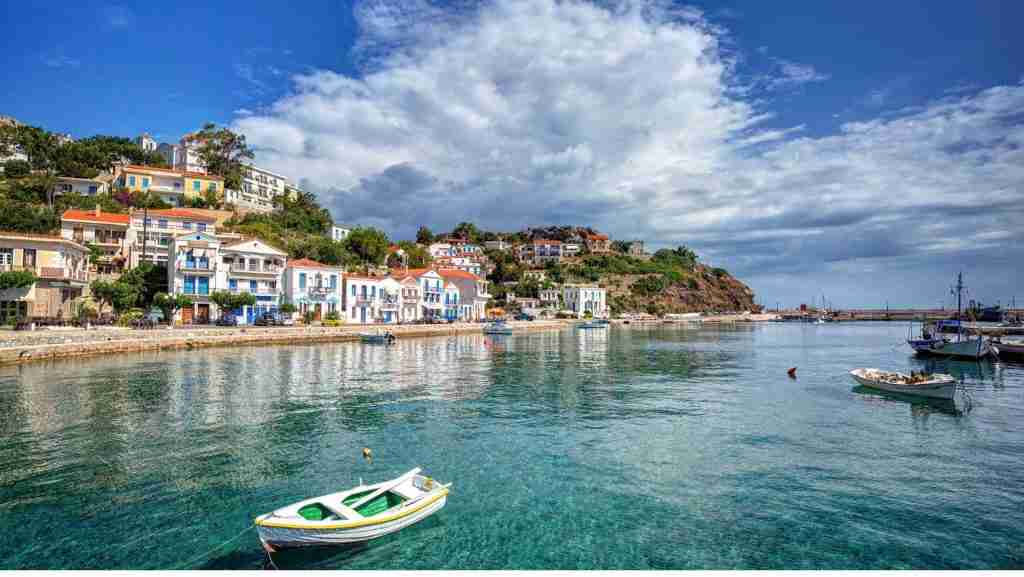
A. Ikaria, Greece:
Located in the Aegean Sea, Ikaria is known for its relaxed lifestyle, strong community connections, and a diet rich in vegetables, legumes, whole grains, and herbal teas.
Living in close-knit communities fosters strong social connections, which add an extra layer of richness to their daily experiences.
Mediterranean Diet
When it comes to nourishing their bodies, the Ikarians follow a Mediterranean diet, embracing the abundance of fresh vegetables and fruits available to them.
It’s intriguing to note that many Ikarians practice Greek Orthodox Christianity, which includes periods of fasting. This dietary practice not only aligns with their religious beliefs but also contributes to their overall well-being.
One fascinating aspect of life in Ikaria is their tradition of taking regular afternoon naps. This cherished siesta time has been proven to have remarkable benefits, such as reducing stress hormones and even lowering the risk of heart disease. It’s incredible how such a simple yet significant practice can have such a profound impact on their health and longevity.
As I delve deeper into the Ikarian lifestyle, I’m captivated by the interplay of their active routines, nutritious diet, and mindful rest. It’s evident that these elements come together harmoniously to cultivate a sense of vitality and well-being that transcends the ordinary.
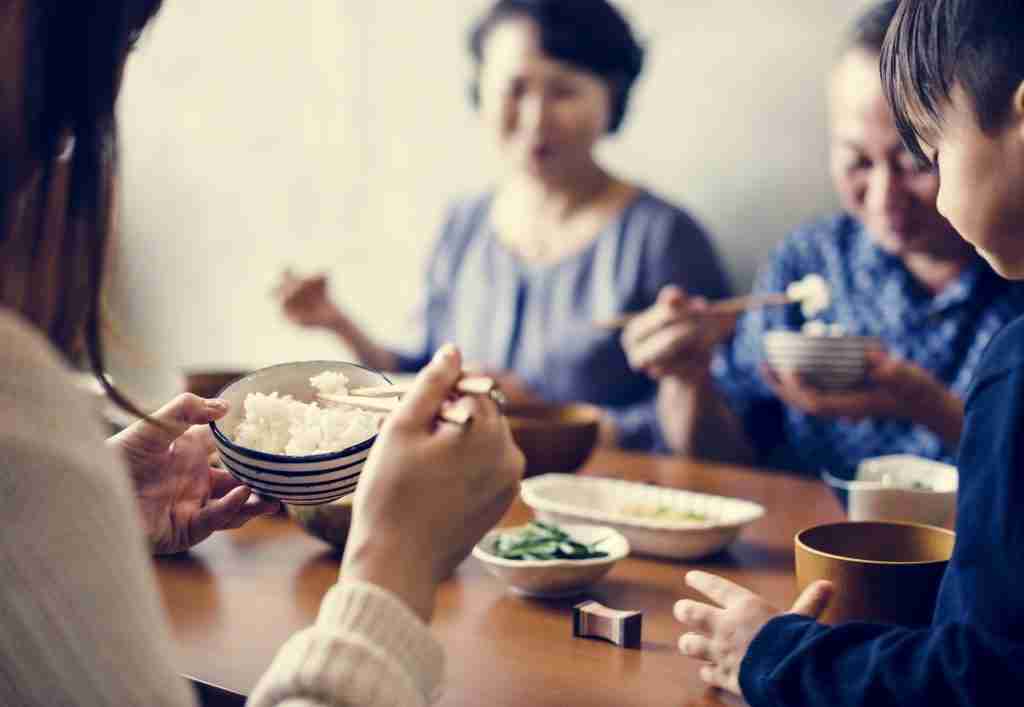
B. Okinawa, Japan:
Okinawa is an archipelago in southern Japan. Its residents practice the concept of “Hara Hachi Bu,” which means eating until they are 80% full. Their diet consists of nutrient-dense foods like sweet potatoes, tofu, seaweed, and green tea.
The island is also known for its tradition of “moai,” which involves living within strong social networks. These networks are established from childhood, when groups of about five children are typically grouped together, and they persist through adulthood as a sort of second family.
In Okinawa, these groups meet regularly to provide each other with emotional and financial support and to gossip and spend time together.
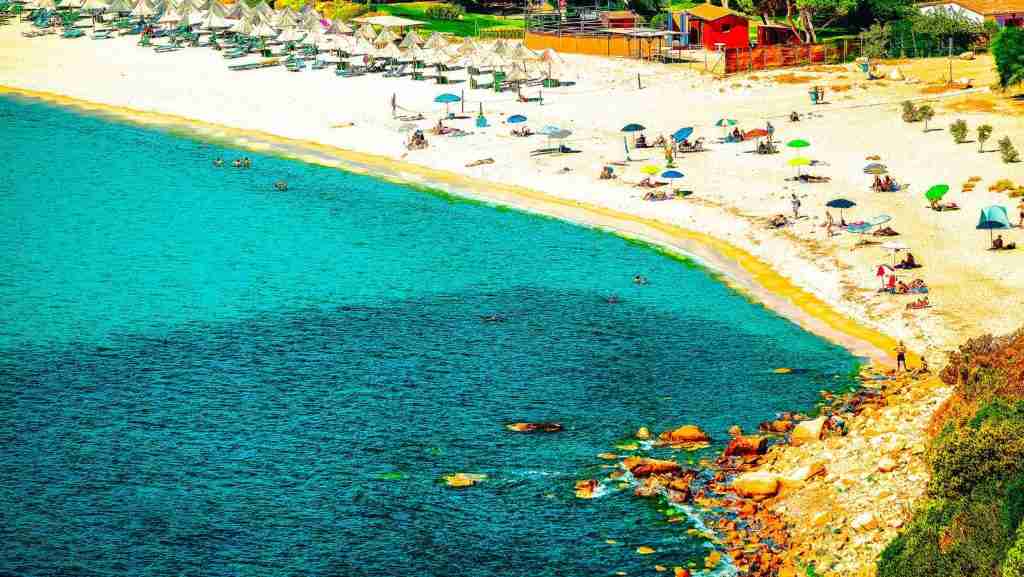
C. Sardinia, Italy:
This island in the Mediterranean Sea is home to the world’s highest concentration of male centenarians.
The traditional Sardinian diet includes whole grain bread, beans, vegetables, goat’s milk, and moderate amounts of wine. The region is inhabited by male shepherds who engage in daily walks of five or more miles through the mountains.
Their diet mainly consists of plant-based foods, and they enjoy local Cannonau wine in moderate amounts.
One notable characteristic of the region is its emphasis on strong family values, where elders are revered and all family members are well taken care of. In the village of Seulo, an impressive record was held from 1996 to 2016, as it was home to 20 centenarians, showcasing the remarkable longevity of its residents.
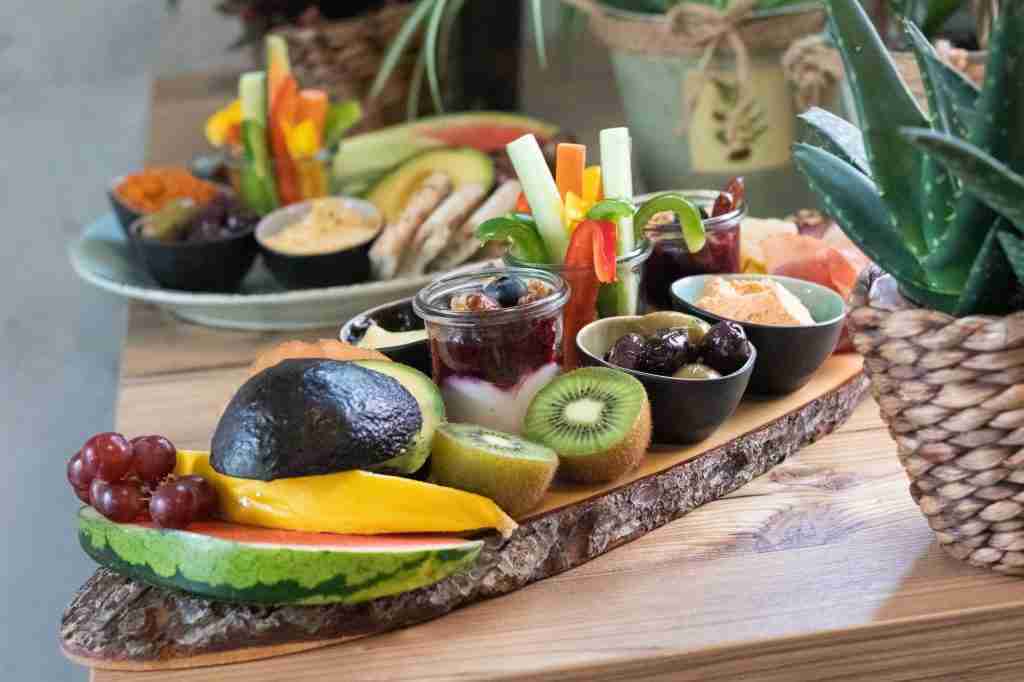
D. Nicoya Peninsula, Costa Rica:
Located in Central America, the Nicoya Peninsula boasts a diet rich in beans, corn, tropical fruits, and local vegetables. Residents maintain an active lifestyle and have strong social connections.

In this amazing part of Central America, an incredible phenomenon: despite having some of the lowest average incomes in the nation, the people here enjoy one of the highest life expectancies in the world, reaching an impressive 85 years.
What sets this community apart is their strong sense of faith and family, where older individuals are cherished members of their households and esteemed for their wisdom.
“Plan de Vida”- Elders Have Purpose
I’ve learned from Buettner that Costa Ricans embrace a “plan de vida,” or a “life plan,” which grants elders a sense of purpose and fulfillment. It’s fascinating to see how their healthy diet, consisting of unprocessed foods, coupled with their habit of drinking hard water rich in calcium, contributes to their vitality.
Their vigorous lifestyle, predominantly through regular walking, reflects their innate inclination for movement. These unique factors play a role in their remarkable longevity.

E. Loma Linda, California, USA:
Loma Linda is a city in California with a significant population of Seventh-day Adventists. Their diet is primarily plant-based, emphasizing fruits, vegetables, whole grains, nuts, and legumes. They also prioritize physical activity and maintain a strong sense of community.
In this remarkable community, boasting the highest concentration of Seventh-day Adventists in the United States, the residents adhere to a plant-based diet is rooted in biblical teachings.
Following dietary guidelines outlined in their faith, their meals consist of grains, nuts, and legumes, reflecting a commitment to nourishing their bodies in harmony with their beliefs.
Adventists Lifestyle
One striking aspect of Adventist lifestyle is their abstinence from smoking and alcohol consumption, which undoubtedly contributes to their overall well-being. They also maintain an active lifestyle well into their later years, emphasizing the importance of physical movement and exercise.
Some Adventists choose to avoid specific food items that are considered prohibited within their faith. These include red meat, specifically pork, plus shellfish, processed foods, and caffeine.
These so called “Blue Zones” have been studied extensively to understand the lifestyle factors contributing to longevity and well-being. By incorporating aspects of their diet, mindset, and social practices, individuals worldwide strive to live longer, healthier lives.
Most frequently asked questions about the Blue Zone Diet
Q: What factors contribute to longevity in Blue Zones?
- Several factors contribute to longevity in Blue Zones, including a plant-based diet, regular physical activity, strong social connections, a sense of purpose, and a low-stress lifestyle.
Q. How do people in Blue Zones stay healthy?
- People in Blue Zones stay healthy by engaging in regular physical activity, eating a predominantly plant-based diet with minimal processed foods, maintaining strong social connections, and having a sense of purpose in life.
Q. What is the diet like in Blue Zones?
- The diet in Blue Zones typically consists of whole, plant-based foods such as fruits, vegetables, whole grains, legumes, and nuts. Animal products are consumed in moderation.
Q. Are there specific lifestyle habits common to Blue Zones?
- Yes, Blue Zones share common lifestyle habits such as regular physical activity, having a strong sense of purpose, prioritizing social connections and relationships, and adopting stress-reducing practices.
Q. What can we learn from Blue Zones to improve our own health?
- From Blue Zones, we can learn to prioritize a plant-based diet, engage in regular physical activity, nurture meaningful relationships, cultivate a sense of purpose, and create a supportive environment for healthy living.
Q. Are there Blue Zone communities outside of the original regions?
- While the original Blue Zones are well-known, similar communities or regions with high longevity and healthy lifestyles have been identified in other parts of the world, suggesting that Blue Zones principles can be applied elsewhere.
Q. Can anyone adopt the Blue Zone lifestyle?
- Yes, anyone can adopt the principles and practices of Blue Zones to improve their health and well-being. Incorporating aspects such as a plant-based diet, physical activity, social connections, and purpose can positively impact longevity and overall health.
Q. Are there specific longevity secrets in Blue Zones?
- While there are no magical secrets, Blue Zone reveal that a combination of healthy habits, lifestyle choices, and a supportive community can significantly contribute to longevity and well-being.
Remember, these answers are a general overview and may vary based on specific research studies and the context of each Blue Zone.

